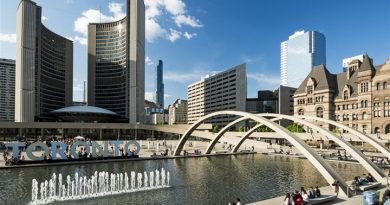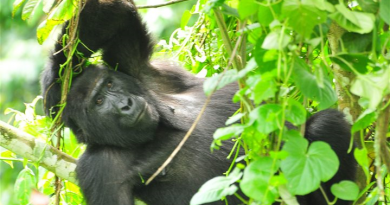Make a life-changing visit to Cuba
With the recent easing of travel restrictions to Cuba, Americans are now busily writing their Cuba vacation checklists. They likely look something like this: Drink a mojito in a Havana bar, smoke a really good cigar, try to dance the salsa, wear a new Che Guevara T-shirt and take a selfie doing all of the above at once.
While those are worthwhile activities, don’t let that be where your checklist ends, as you won’t come home with a true understanding of what Cuba is really like. To experience the heart and soul of Cuba — and to have one’s own heart and soul touched by the experience — you have to put down the guidebook, forget your pre-conceived notions of what you should be doing and follow these five steps.
Step 1: Spend time with real Cuban people. Americans traveling to Cuba still have to qualify under one of the approved categories, one of which is “People to People.” Think of it as an authentic cultural exchange. You meet Cuban people, such as artists, athletes, musicians and dancers, and they give you insight into their everyday lives. Prepare to be amazed by the talent, passion and dedication these people have to their craft and the commitment private citizens have to the arts in the face of extraordinary budget pressures.
Step 2: Experience life in a small town. To visit a place like Gibara (on the northern coast of eastern Cuba) and Remedios (near the coast in the north) is to understand how the majority of Cubans really live. These are places where the main square is a communal living room, where on Friday nights young girls dress up to meet young boys, where music is played in the streets and is accompanied by the clack of dominos on a café table. You’ll see preserved architecture from the 1600s and quickly notice that the preferred mode of transport is a bicycle or a ’57 Chevrolet Bel Air. All you need to do is hang out and watch life go by.
Step 3: Stay at a casa particular. When you add a huge tourist boom to a just-developing tourist infrastructure, the first thing you’ll notice is it’s hard to get a hotel room. Enter the casa particular. These are family-owned bed and breakfasts that are clean and affordable. Most have air-conditioning and private bathrooms, though the best part is the personal touches the proprietors love to add.
Step 4: Eat in a paladar. A paladar is a privately owned restaurant, often in a converted house. It’s where you’ll find authentic Cuban food, locally sourced and prepared from old family recipes. In Havana, get the grilled octopus in pesto sauce. In the center of the island it’s cattle country, where the specialty is vaca frita — a crispy and soft beef that melts in your mouth. Wherever you go, order the flan — it’s the real deal and a world apart from the poor substitute you always pass on.
Step 5: Learn a few steps of the salsa. If there’s any kind of beat in the air, you’ll find the sultry moves of a salsa dancer not far behind. And in Cuba everyone dances the salsa — in town squares, restaurants, even on buses. There’s something about the grace and passion of the dance that symbolizes the joy of life of the people of Cuba. Learn a little salsa and it’ll be the best thing you take home with you.
(BPT)











